Planted in hedges or shaped into topiary, boxwoods are classic bushes in French-style gardens. Thanks to their small, glossy evergreen leaves, they are reliable supports for creating living sculptures according to your imagination. Growing in all types of soil, in both sun and partial shade, they have very slow growth and can reach up to 2 metres in height. There are 70 species of boxwood, the most commonly used being Buxus sempervivens. Discover how to plant bare-root boxwoods.
What is bare-root planting?
Bare-root plants are those delivered without pots or substrate. The advantage of bare-root planting is that it promotes better plant establishment and is more eco-friendly and economical than pot-grown bushes.
Where to plant bare-root boxwood?
Boxwood can be planted in all regions of France, but if you live in an area affected by the box tree moth, a small caterpillar that destroys the bush, it's better to find an alternative to boxwood.
Boxwood prefers sunny positions but also tolerates shade and partial shade. Avoid scorching sun as it may yellow the foliage. In hotter regions, plant it in partial shade. Conversely, north of the Loire, avoid overly shaded spots as humidity may encourage fungal diseases.
Boxwood can be planted in all soil types, even clay, but thrives best in neutral to slightly alkaline, rich, well-drained soil. Sensitive to fungi, it cannot tolerate waterlogged conditions in winter.
When to plant boxwood?
Bare-root boxwood should be planted in autumn or at the end of winter, avoiding frost and snow periods. Also avoid planting when the soil is waterlogged.
Plant bare roots promptly to prevent them from drying out. You can also heel them in for a few days before planting.
How to plant bare-root boxwood?
Technique
- Inspect the health of the bare roots: they should be flexible and healthy.
- Lightly prune with secateurs, disinfected with alcohol, removing any damaged or dried-out parts
- Dig a trench (for edging or a hedge) or a hole twice the volume of the roots, wider than deep, as boxwood roots are shallow
- Loosen the soil
- Add a 10 cm layer of gravel at the bottom for good drainage
- Add boxwood fertiliser
- Puddle the bare roots by dipping them in a slurry, a mixture of water, soil and cow dung, manure or compost, which prevents root desiccation. You can make your own slurry or buy ready-to-use slurry.
- Lay the bare roots flat at the bottom of the hole, ensuring they don't curl upwards and that the collar isn't buried
- For edging, space plants 15-20 cm apart. For a hedge, allow 60 cm to 1 metre between plants. For a bed, plant 3-5 specimens to achieve sufficient density.
- Fill the hole with garden soil, possibly mixed with compost and turf
- Firm to remove air pockets, create a watering basin around the base and water.
Equipment
- secateurs
- large bucket
- cow dung, manure or ready-to-use slurry
- spade or shovel
- compost or potting soil
- boxwood fertiliser
- watering can
To go further
Discover:

































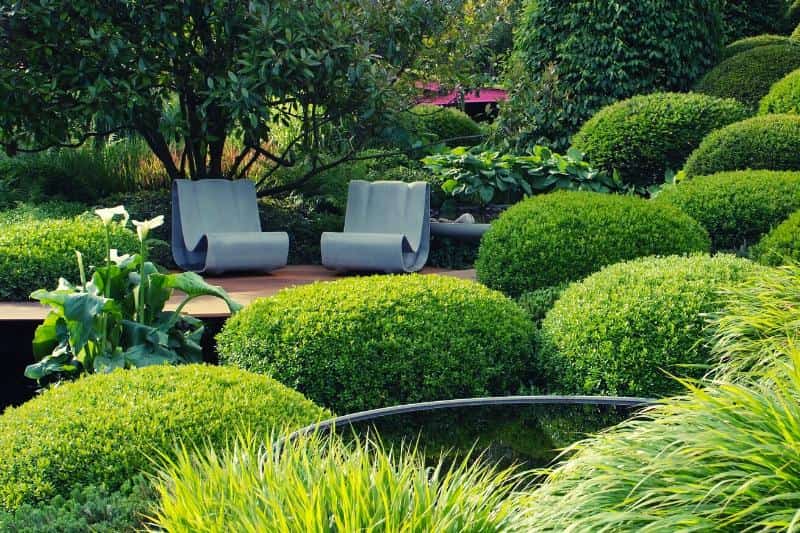
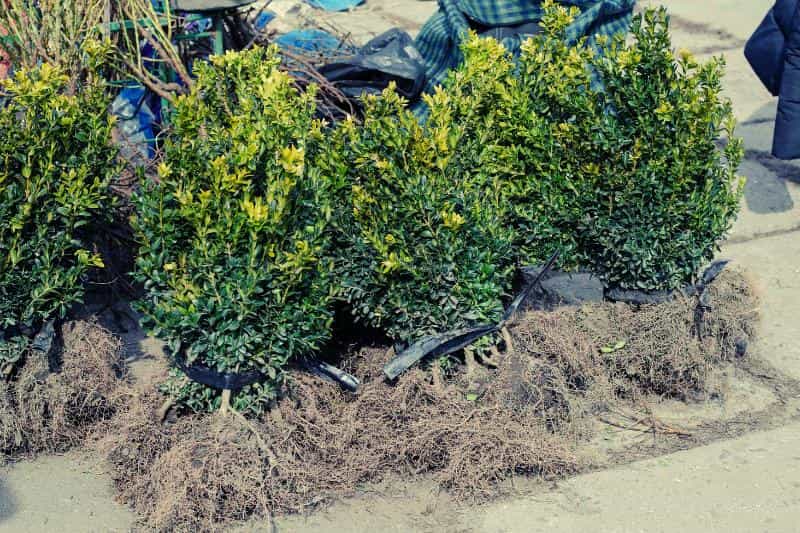
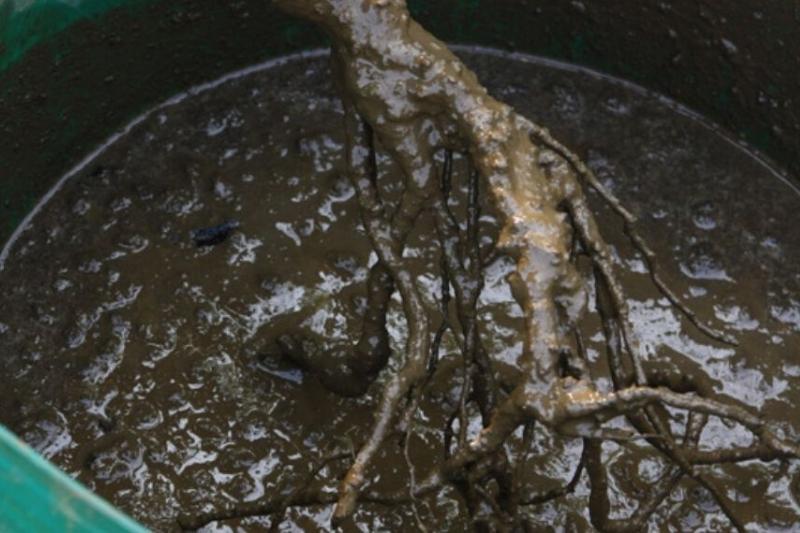
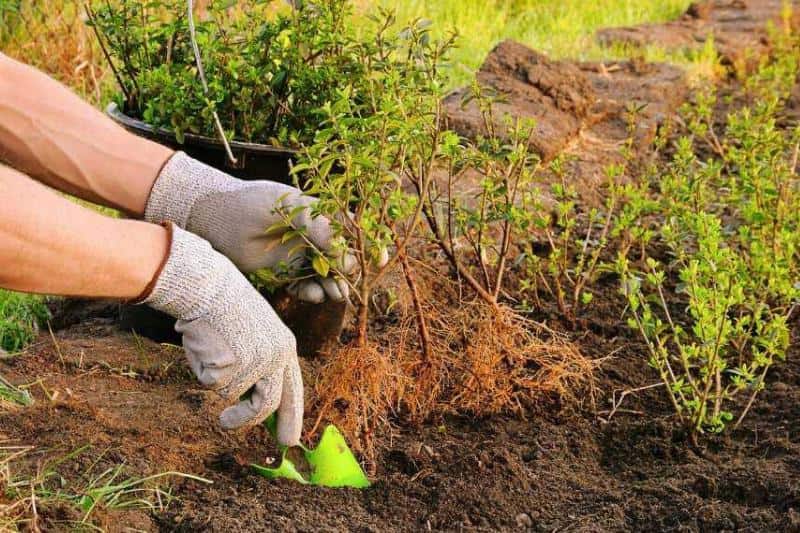

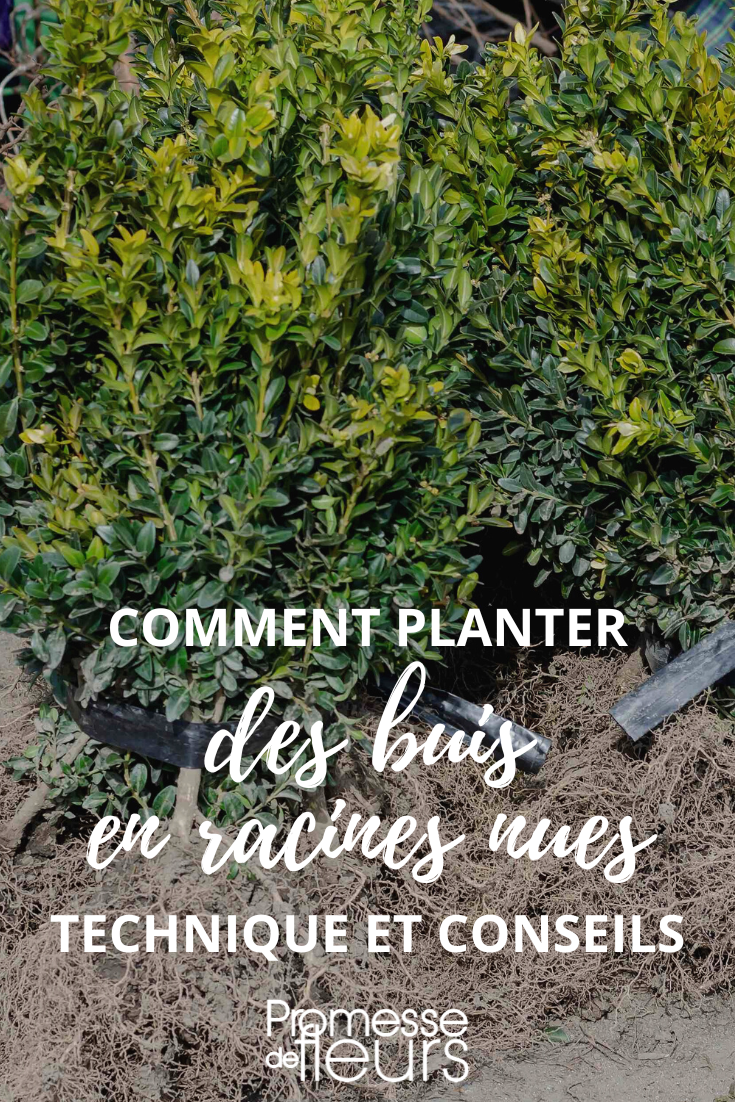
Comments